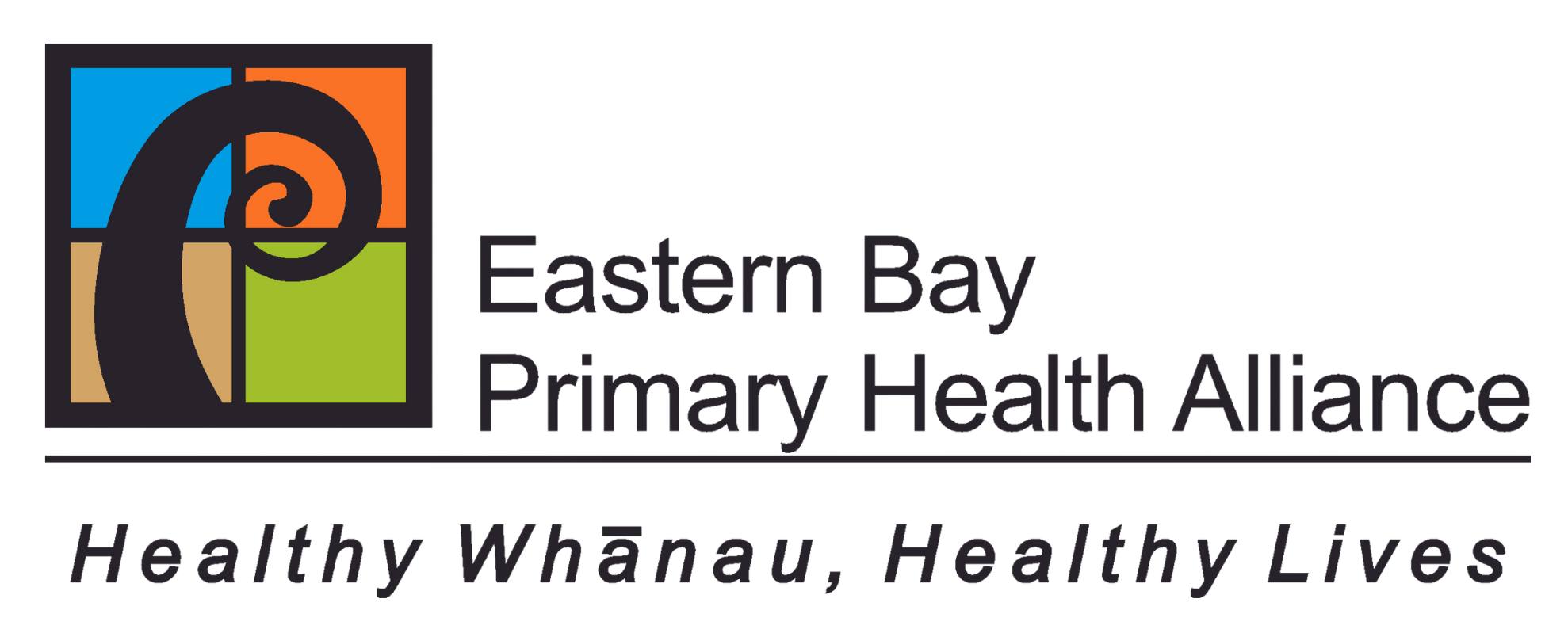MOH guidelines for testing
People should be tested who have symptoms that meet the clinical criteria for COVID-19 (detailed below).
Where people meet the clinical criteria for COVID-19 and also meet the HIS criteria, extra steps (self-isolation and notification) are needed.
People may also be tested when they are asymptomatic and:
- they are required to undertake mandatory routine testing at specified intervals (e.g., border and MIQ workers),
- they are contacts of confirmed (or probable) cases.
Criteria for COVID-19
The following symptoms are consistent with COVID-19.
Any acute respiratory infection with at least one of the following symptoms (with or without fever):
- fever (at least 38˚C)
- new or worsening cough
- sore throat
- shortness of breath
- sneezing and runny nose (coryza)
- anosmia (loss of sense of smell) or dysgeusia (altered sense of taste).
People meeting the clinical criteria for COVID-19 should be tested. Some people may present with less common symptoms such including diarrhoea, headache, myalgia (muscle aches), nausea, vomiting, or confusion/irritability. For people with less common symptoms, if there is not another more likely diagnosis, they should also be tested.
Other conditions that require urgent assessment and management should always be considered as possible diagnoses alongside COVID-19.
What should I do if I’m a close contact, casual plus contact, or casual contact?
| Close Contact |
Typical symptoms Less typical symptoms with no other likely diagnosis |
|
| Casual Plus Contact |
Typical symptoms Less typical symptoms with no other likely diagnosis |
|
| Casual Contact |
Typical symptoms Less typical symptoms with no other likely diagnosis |
|
